Fatigue Resistance of Tungsten Cemented Carbide Balls
- Details
- Category: Tungsten Information
- Published on Friday, 12 September 2025 17:08
- Hits: 83
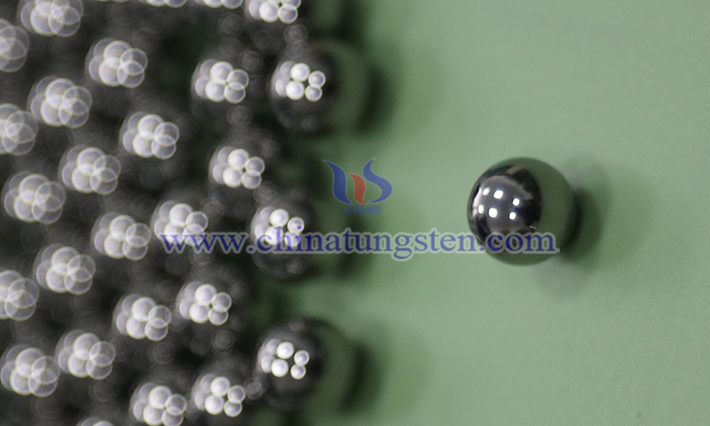
Tungsten cemented carbide balls exhibit excellent fatigue resistance, which is significantly affected by composition, processing, and operating conditions. A high binder phase content, nickel-chromium additions, and optimized processing significantly enhance fatigue resistance, making them suitable for long-term stable operation under high-load, complex environments.
Compressive Strength of Tungsten Cemented Carbide Balls
- Details
- Category: Tungsten Information
- Published on Friday, 12 September 2025 17:07
- Hits: 82
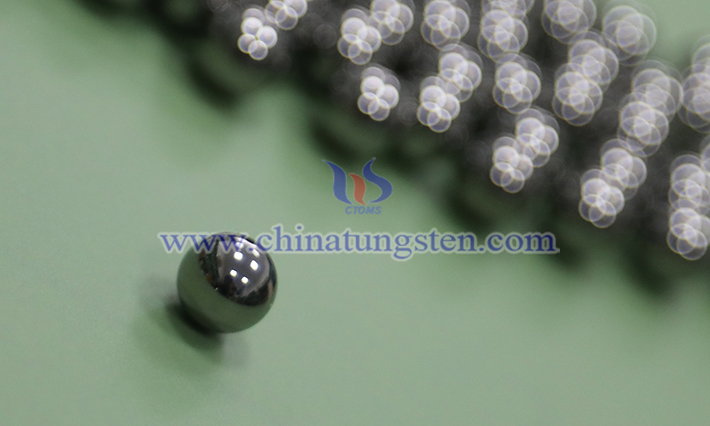
The compressive strength of tungsten cemented carbide balls is their ability to resist failure under compressive loads and is a key indicator for evaluating their performance.
High-Temperature Resistance of Tungsten Cemented Carbide Balls
- Details
- Category: Tungsten Information
- Published on Friday, 12 September 2025 17:06
- Hits: 75
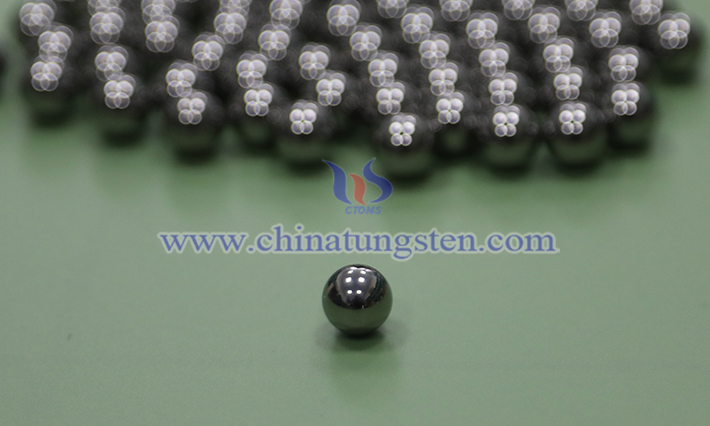
Tungsten cemented carbide balls are primarily composed of tungsten carbide (WC) powder as the main component, with metals such as cobalt (Co), nickel (Ni), or molybdenum (Mo) as binders, manufactured through powder metallurgy processes such as vacuum sintering. This composite material, due to its unique microstructure, performs exceptionally well in high-temperature environments, effectively resisting thermal deformation and oxidation. It is widely used in high-temperature and high-pressure applications such as the petroleum, chemical, and aerospace industries.
Corrosion Resistance Mechanism of Tungsten Cemented Carbide Balls
- Details
- Category: Tungsten Information
- Published on Friday, 12 September 2025 17:04
- Hits: 86
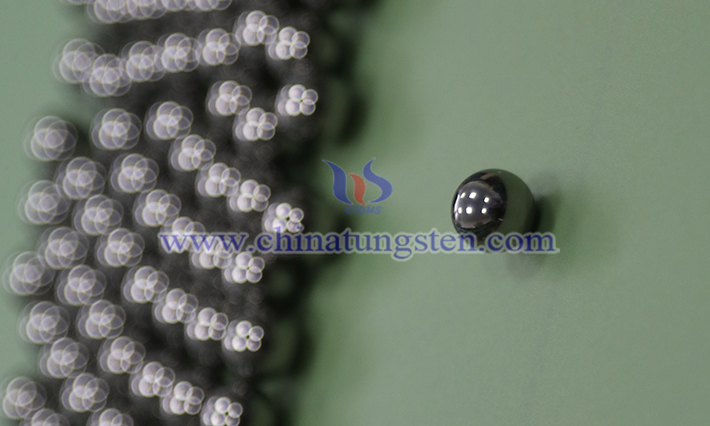
Tungsten cemented carbide balls use carbides (such as WC, TiC) as hard phase and metal binders (such as Co, Ni) as bonding phase. Their corrosion resistance mechanism comes from the chemical inertness of the hard phase, the optimization of the corrosion resistance of the bonding phase and the synergistic inhibition.
Corrosion Resistance of Tungsten Cemented Carbide Balls
- Details
- Category: Tungsten Information
- Published on Friday, 12 September 2025 17:03
- Hits: 76
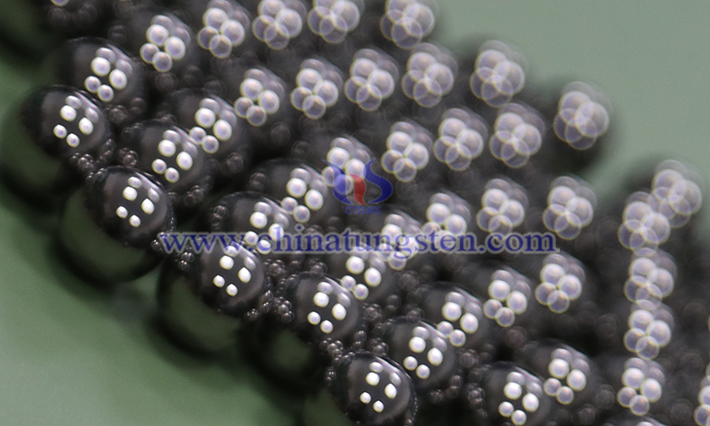
Tungsten cemented carbide balls are precision spherical products manufactured through a powder metallurgy process using tungsten carbide (WC) powder as the primary component and a metal binder such as cobalt (Co), nickel (Ni), or molybdenum (Mo). Common grades include the YG, YN, YT, and YW series. This material is renowned for its high hardness (typically ≥90.5 HRA) and high density (approximately 14.9 g/cm³). Its excellent corrosion resistance makes it particularly suitable for use in harsh chemical environments, such as oil production, chemical valves, and hydrochloric acid laboratories.
Wear Resistance Test of Tungsten Cemented Carbide Balls
- Details
- Category: Tungsten Information
- Published on Friday, 12 September 2025 17:02
- Hits: 76
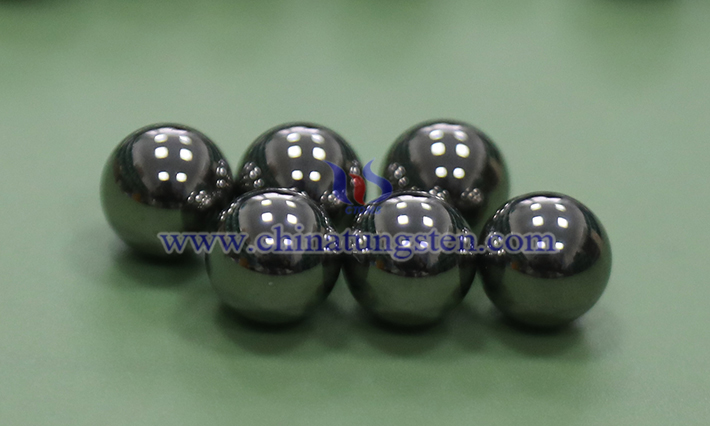
The wear resistance test of tungsten cemented carbide balls is an important means to evaluate their wear resistance under specific working conditions. It is often used in oil drilling, mining machinery, cutting tools and other fields.
Wear Resistance of Tungsten Cemented Carbide Balls
- Details
- Category: Tungsten Information
- Published on Friday, 12 September 2025 16:59
- Hits: 76
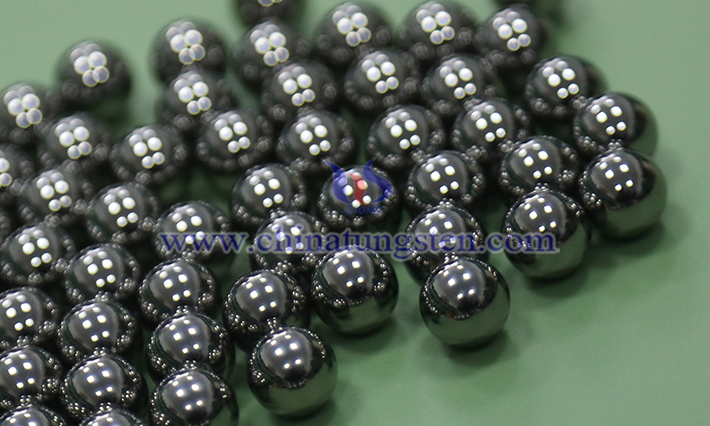
Tungsten cemented carbide balls possess exceptional wear resistance, tens to hundreds of times greater than that of traditional steel balls. They can operate stably and long-term under harsh conditions such as high loads, high speeds, and severe corrosion, significantly reducing equipment wear and maintenance costs.
Friction Coefficient of Tungsten Cemented Carbide Balls
- Details
- Category: Tungsten Information
- Published on Friday, 12 September 2025 16:58
- Hits: 78

The friction coefficient of tungsten cemented carbide balls depends on the contact material, surface roughness, lubrication conditions, and environmental factors (such as temperature and humidity). The following is an overview of the friction coefficient of tungsten cemented carbide balls:
Internal Stress in Tungsten Cemented Carbide Balls
- Details
- Category: Tungsten Information
- Published on Friday, 12 September 2025 16:56
- Hits: 79
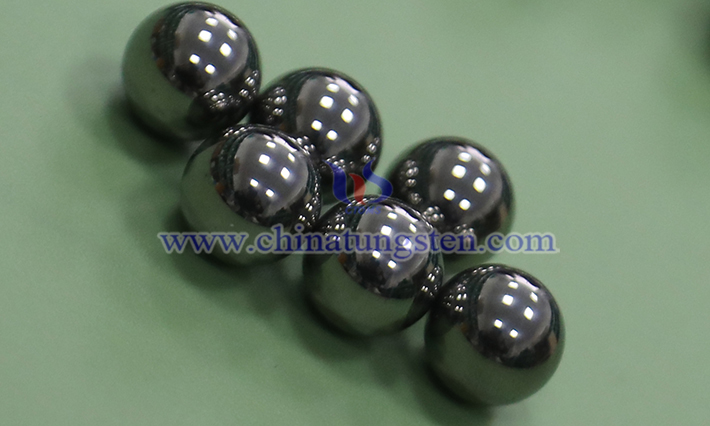
Tungsten cemented carbide balls are spherical products made by sintering refractory metal tungsten carbide (WC) powder as the primary component, with cobalt (Co) or nickel (Ni) as the binder, using a powder metallurgy process. The formation of internal stress is primarily due to microstructural heterogeneity during material preparation. The specific mechanisms and impacts are as follows:
Surface Hardness of Tungsten Cemented Carbide Balls
- Details
- Category: Tungsten Information
- Published on Friday, 12 September 2025 16:55
- Hits: 84

Tungsten cemented carbide balls are spherical products made from tungsten carbide (WC) powder as the primary component and cobalt (Co) or other metals as a binder, sintered using a powder metallurgy process. They offer high hardness, wear resistance, corrosion resistance, bending resistance, and high-temperature resistance, making them widely used in precision bearings, valve seals, abrasive media, instrumentation, sprayers, water pumps, oilfield equipment, and hardness testers.




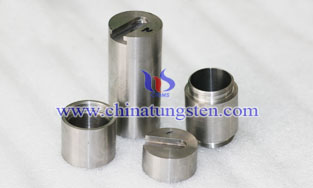


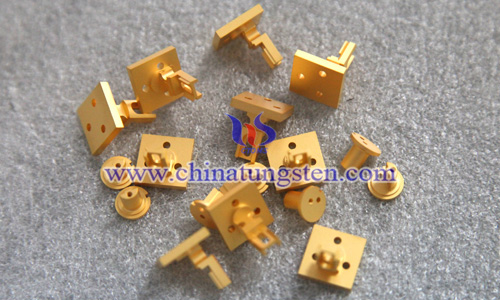

 sales@chinatungsten.com
sales@chinatungsten.com